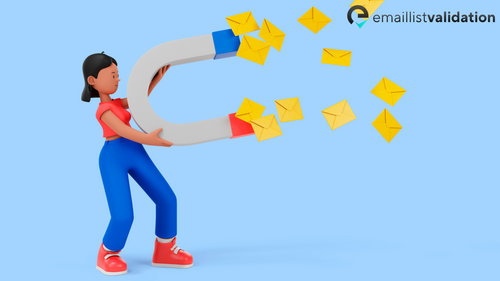As a frequent email user, you might have experienced the frustration of not receiving emails from certain domains or recipients. This is because your email address or IP address may have been blacklisted by email service providers, preventing your emails from getting through. In this article, we will explore what it means to be blacklisted, how to check if your email has been blacklisted, and what steps you can take to get removed from a blacklist.
What Does it Mean to be Blacklisted?

Being blacklisted means that your email address or IP address has been flagged as a potential source of spam or malicious activity. This can happen if your email has been marked as spam by recipients, or if your email activity has triggered spam filters.
Email service providers maintain a list of blacklisted email addresses and IP addresses to protect their users from spam and other malicious activity. If your email is on a blacklist, your emails may be blocked or filtered out, making it difficult for you to send and receive emails.
How to Check if Your Email Has Been Blacklisted
If you suspect that your email has been blacklisted, there are several ways to check. One of the easiest ways is to use an email blacklist checker tool, such as MXToolbox, Clean Email, or DNS Checker. These tools allow you to enter your email address or IP address and check if it appears on any blacklists.
Another way to check is to review your email logs for any bounceback messages or delivery errors. If your email is being blocked or filtered out, you may receive a bounceback message with an error code or message indicating that your email has been rejected.
What to Do if Your Email has Been Blacklisted

If you have confirmed that your email has been blacklisted, the first step is to identify the reason why. This could be due to spam complaints, high volume of emails, or suspicious activity. Once you have identified the reason, take steps to address the issue.
If your email has been blacklisted due to spam complaints, review your email content and ensure that you are not sending unsolicited emails or using misleading subject lines. If you have a high volume of emails, consider using a dedicated IP address or throttling your email sends to reduce the load on your email service provider.
Once you have addressed the issue, you can request to be removed from the blacklist. This process varies depending on the email service provider or blacklist, so be sure to follow their specific instructions. Some blacklists require you to fill out a form or provide evidence that you have addressed the issue, while others may automatically remove you after a certain period of time.
Conclusion
Being blacklisted can be a frustrating experience for email users, but it is important to take steps to address the issue and get removed from the blacklist. By using an email blacklist checker tool and taking steps to address the issue, you can ensure that your emails are delivered and avoid being blacklisted in the future.



